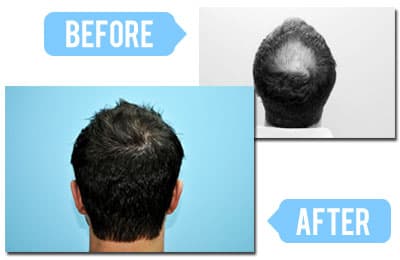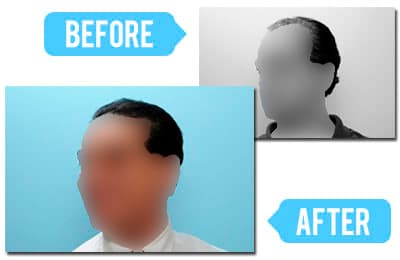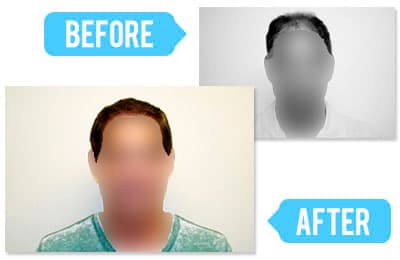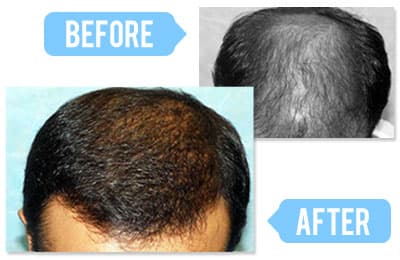Does High Testosterone Cause Hair Loss ? The Truth Revealed
The Ultimate Guide to Hair Health Hair Loss, Greasiness, and Treatments
Maintaining healthy hair is a common concern for many individuals. Whether you are dealing with oily hair, wondering if high testosterone causes hair loss, considering laser hair removal, or questioning how much hair loss is normal in the shower, this guide covers all aspects of hair care and treatment.
Laser Hair Removal: A Long-Term Hair Reduction Solution
Laser hair removal is a popular cosmetic procedure that uses concentrated light to target and destroy hair follicles. It is an effective method for reducing unwanted hair growth on areas like the face, legs, arms, and underarms.
Benefits of Laser Hair Removal:
- Long-Lasting Results: Unlike shaving or waxing, laser treatment provides long-term reduction in hair growth.
- Precision Targeting: The laser specifically targets hair follicles without damaging the surrounding skin.
- Reduced Ingrown Hairs: Regular treatments minimize the occurrence of ingrown hairs.
- Less Maintenance: With repeated sessions, hair growth slows significantly.
How Many Sessions Are Needed?
The number of sessions varies depending on hair thickness, skin type, and the treatment area. Typically, 6 to 8 sessions spaced 4 to 6 weeks apart are required for optimal results.
Is Laser Hair Removal Permanent?
While laser hair removal significantly reduces hair growth, it is not always 100% permanent. Some hair may regrow over time, but it will be finer and lighter. Occasional touch-up sessions may be needed to maintain smooth skin.
How to Stop My Hair Going Greasy After 1 Day
If your hair becomes oily just a day after washing, it could be due to overactive sebaceous glands. However, there are effective ways to control excessive oil production.
Tips to Prevent Greasy Hair:
Use a Gentle, Sulfate-Free Shampoo – Harsh shampoos strip natural oils, causing the scalp to produce even more oil.
Avoid Overwashing – Washing too frequently signals your scalp to produce extra oil.
Rinse with Cold Water – Hot water stimulates oil production, while cold water seals hair cuticles.
Use Dry Shampoo – Absorbs excess oil and adds volume to hair between washes.
Choose Lightweight Conditioners – Heavy conditioners can weigh hair down and make it appear greasy.
Avoid Touching Your Hair – The natural oils from your hands transfer to your strands, making them oily faster.
By following these steps, you can reduce excessive oiliness and maintain fresher-looking hair for longer.
Does High Testosterone Cause Hair Loss ?
Many people wonder if high testosterone levels contribute to hair loss. The relationship between testosterone and hair loss is primarily linked to dihydrotestosterone (DHT), a hormone derived from testosterone.
How DHT Affects Hair Loss:
- DHT shrinks hair follicles, leading to thinner, weaker strands and eventual hair loss.
- Individuals with a genetic predisposition to androgenetic alopecia (male or female pattern baldness) are more affected by DHT.
- Higher testosterone levels may increase DHT production, potentially speeding up hair thinning in individuals prone to hair loss.
How to Reduce DHT and Hair Loss:
- Use DHT-blocking shampoos with ingredients like saw palmetto.
- Take medications like finasteride (prescription required) to inhibit DHT conversion.
- Follow a healthy diet rich in vitamins and antioxidants to support hair growth.
If you suspect hormonal imbalances are contributing to hair loss, consulting a dermatologist or endocrinologist is recommended.
How Much Hair Is Normal to Lose in the Shower?
Hair shedding is a natural process, but excessive shedding can be concerning. Understanding how much hair is normal to lose in the shower can help determine if there’s a problem.
Normal Hair Shedding:
On average, people lose 50 to 100 hairs per day. During a shower, you may notice more hair fall due to the loosening effect of water and shampooing.

Signs of Excessive Hair Loss:
- Clumps of hair in the drain
- Visible thinning or bald patches
- Increased shedding over time
Possible Causes of Excessive Hair Shedding:
- Stress and Anxiety – Emotional stress can trigger hair shedding (telogen effluvium).
- Nutritional Deficiencies – Lack of vitamins (iron, biotin, vitamin D) affects hair health.
- Hormonal Changes – Pregnancy, menopause, or thyroid imbalances can impact hair growth.
- Medical Conditions – Scalp infections, autoimmune diseases, or medications may cause hair loss.
If you notice significant hair thinning, consult a specialist for evaluation and treatment options.
Is a Hair Transplant Permanent ?
For those experiencing significant hair loss, Is a hair transplant permanent is a popular solution. But is it permanent ?
How Hair Transplants Work:
Hair transplants involve moving healthy hair follicles from a donor area (usually the back of the scalp) to bald or thinning areas. The two main techniques include:
FUE (Follicular Unit Extraction) – Individual follicles are extracted and implanted.
FUT (Follicular Unit Transplantation) – A strip of scalp is removed and dissected into individual grafts.
Are the Results Permanent?
Transplanted hair is long-lasting and resistant to DHT-related hair loss. However, surrounding non-transplanted hair may continue to thin over time. Maintenance treatments such as minoxidil or finasteride may be needed to preserve results.
Recovery and Aftercare:
- Avoid scratching or touching the scalp post-surgery.
- Follow the prescribed hair-washing routine to prevent infection.
- Hair growth is gradual, with full results visible in 12–18 months.
Hair transplants can offer a natural-looking and lasting solution for hair loss if performed by a skilled professional.
FAQs
1. Is laser hair removal safe for all skin types?
Yes, modern laser technology is safe for most skin tones, but darker skin types may require specialized lasers like Nd:YAG for best results.
2. How often should I wash my hair to prevent greasiness?
Washing 2–3 times per week with a gentle shampoo is ideal for managing oily hair without overstimulating oil production.
3. Can testosterone therapy cause hair loss?
Yes, testosterone therapy can increase DHT levels, potentially leading to hair thinning in individuals with a genetic predisposition.
4. How can I tell if my hair loss is temporary or permanent?
Temporary hair shedding (telogen effluvium) often follows stress, illness, or diet changes, whereas permanent hair loss (androgenetic alopecia) progresses gradually over time.
5. What’s the success rate of hair transplants ?
Hair transplants have a success rate of 90–95%, with proper post-surgical care ensuring long-lasting results.
Conclusion
Maintaining healthy hair requires understanding factors like oil control, hair loss prevention, and treatment options like laser hair removal or hair transplants. By following proper hair care routines, using the right products, and seeking expert guidance, you can achieve stronger, healthier hair.
If you're struggling with greasy hair, excessive shedding, or considering a hair restoration procedure, consult a dermatologist or hair specialist to find the best solution for your needs.
BOOK YOUR FREE
CONSULTATION
Male Pattern Baldness (MPB) is progressive. A Stage 3 vertex can become a Stage 5 in less than 18 months. Waiting increases the cost and difficulty of your surgery.
Or give us a call on
020 8902 2270
(tap to call from your mobile)
Our team has helped many clients explore hair restoration options — see real patient stories.
Our hair products are second to none, therefore we’re proud of the positive feedback from many clients over the years. See for yourself the dramatic transformations brought about by regular use of HGC products and treatment. (Individual outcomes vary, but many clients report noticeable improvements over time.)



